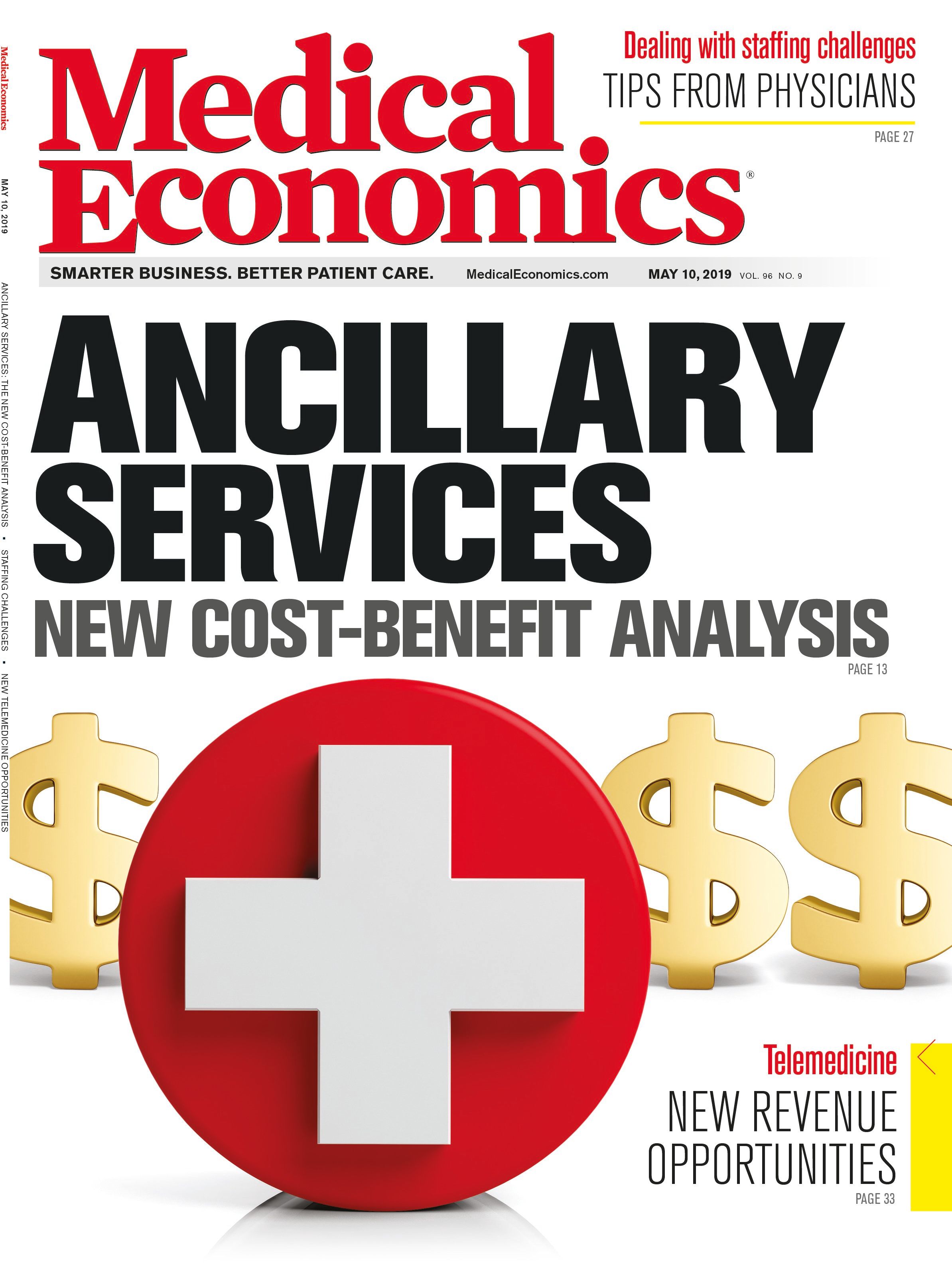Publication
Article
Medical Economics Journal
Two ways to reduce coding denials
Author(s):
What physicians can do about these common coding mistakes
©JohnKwan/Shutterstock.com

Q: We are getting denials when we are billing a simple skin repair code with a lesion excision. Can you help us figure out why the repair code is being denied in these situations? It’s happening with all insurance carriers, so it’s difficult to know what’s going on without calling each of them.
A: This is a common coding mistake, and there are a couple of things that you can do to remedy it prior to billing.
First, make sure that you check the National Correct Coding Initiative (NCCI) edits when reporting multiple codes.
The Centers for Medicare & Medicaid Services (CMS) developed the NCCI to help ensure correct coding methods were followed and to avoid inappropriate payments for Medicare Part B claims. These are automated pre-payment edits where the code pairs are compared when billed on the same date of service for the same patient. The American Medical Association notes, “If there is an NCCI edit, one of the codes is denied.”
Second, confirm that you aren’t unbundling codes.
Unbundling refers to using multiple CPT codes for parts of a procedure when a single code is available, either due to misunderstanding or in an effort to increase payment. Reviewing the section guidelines for the codes involved is key to determining this. When there is a single code that captures payment for the component parts of a procedure, this is the code that should be billed.
For your example:
You billed for a lesion excision and a simple skin repair on the same service date. However, the Current Procedural Terminology (CPT) section coding guidelines for excisions read, “Excision is defined as full-thickness (through the dermis) removal of a lesion, including margins, and includes simple (non-layered) closure when performed.” So separately coding the repair would be wrong and generate an NCCI edit because you are unbundling the codes.
In rare instances, the repair could have been performed on a different site from where the lesion was removed, and, in these situations, it is acceptable to bill for both and append a modifier (likely modifier 59) to let the payer know the procedure was indeed separate from the excision. In these situations, make sure that you have reviewed the documentation to ensure the repair was for a different location.
Q: We often hear that the flu vaccines only help protect patients against a percentage of the flu strains that are out there, so I understand why there are new vaccines coming out all the time. Are there any new codes for 2019?
A: Yes, a new influenza vaccine code has been introduced for dates of service in 2019, as follows: 90689 Influenza virus vaccine, quadrivalent (IIV4), inactivated, adjuvanted, preservative-free, 0.25 ml dosage, for intramuscular use
This code can be utilized for all vaccines that fit this description. The Centers for Medicare and Medicaid Services’ physician fee schedule reimbursement amount for this code has not yet been published.
Renee Dowling is a billing and coding consultant with VEI Consulting in Indianapolis, Ind. Send your billing and coding questions to medec@ubm.com.






